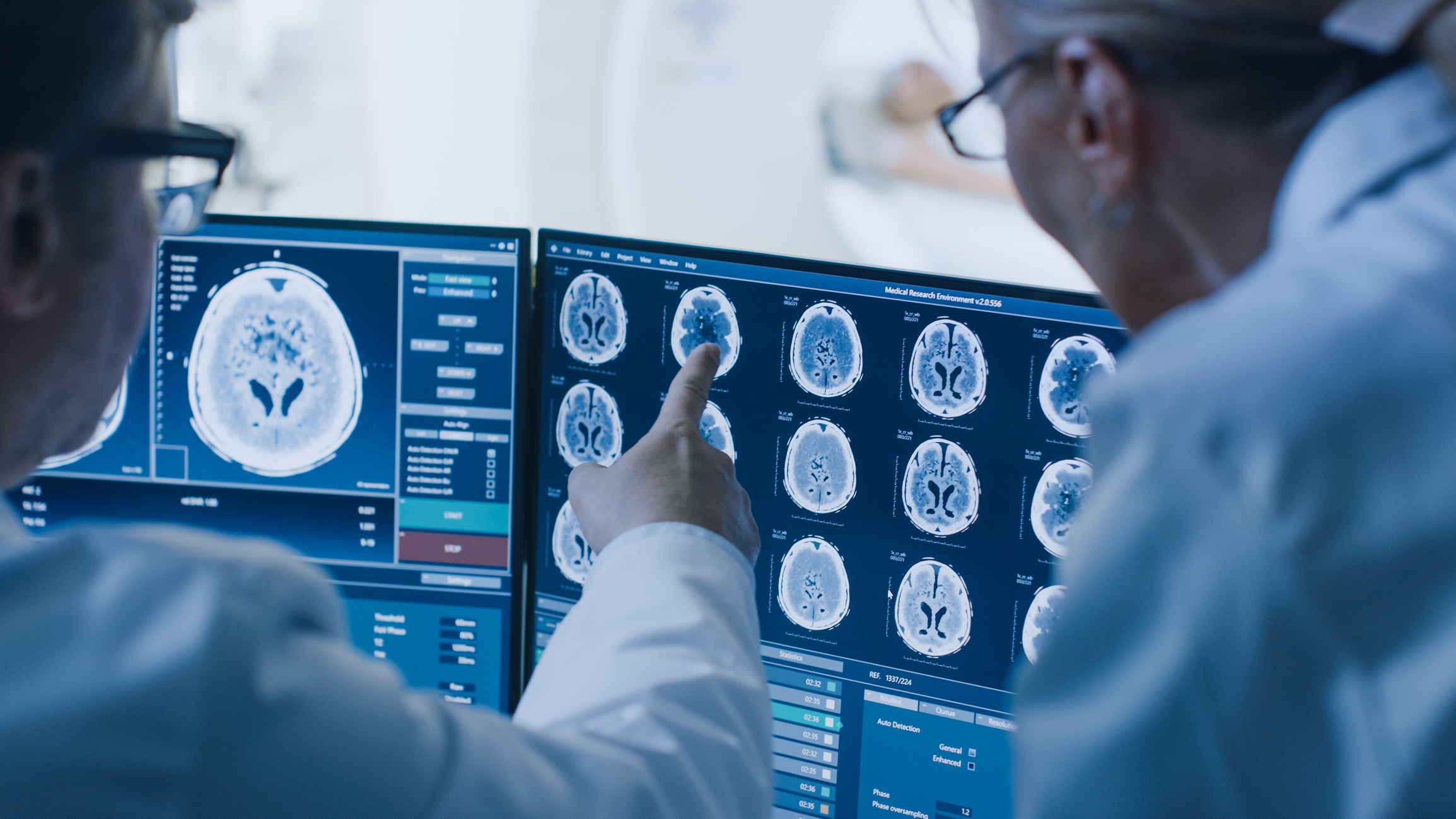In the third installment of our series on the power of AI in radiology, we look at how intelligent solutions help radiologists manage growing workloads and complexity, revealing what the human eye cannot see and surfacing essential information at the right time.
In the previous article in this series, we looked at how AI helps reduce administrative burdens in radiology reporting. But tiresome administrative tasks are just one factor in burnout; over the last couple of decades, imaging volumes have continued to grow, and the work has become more complex, increasing radiologists’ cognitive load.
Radiologists are inundated with more data than ever before. With each interpretation they must scour imaging studies and associated patient information to surface diagnostic clues and supplemental findings, and ensure unanticipated anomalies are identified.
It’s far from simple, but with a little help from AI, it can be easier.
AI improves radiology reporting—by seeing what we can’t
Every radiologist I know is dedicated to leaving no stone unturned to help create accurate, complete reports that improve care delivery and outcomes. However, we’re only human, and there are some things the human eye simply can’t see.
Many of the most important applications of AI in radiology revolve around detecting abnormalities that are difficult to spot—or completely hidden from view. AI can identify anomalies that aren’t visible, like a stroke on a non-contrast CT scan, for example. AI technology can also calculate volumetric measurements of irregular, amorphous structures.
But beyond revealing insights previously locked in the pixels, AI offers other ways to help radiologists see what they need to without increasing their cognitive load.
AI improves radiology reporting—by showing us timely, relevant information
AI can make the most relevant and useful information readily available when radiologists need it. That helps maintain focus in the reading room and actively reduces the cognitive load by eliminating the need to search through multiple applications. For example, AI can proactively present relevant priors across facilities to provide clinical insight, prevent over-imaging, inform next steps, and identify disease progression or changes.
AI can also help make life easier for radiologists through intelligent workflow optimization. AI-powered workflow orchestration tools can prioritize and distribute patient exams based on acuity, specialty, time of day, and a multitude of other user-defined criteria–ensuring that the right study is assigned to the right subspecialist at the right time. Visual indicators in the worklist–such as flags noting a study is ready to be read and badges for AI findings–put pertinent information at radiologists’ fingertips.
Intelligent radiology solutions reduce burnout and improve outcomes
Radiology workloads may be bigger than ever, and the work itself may be even more complex, but AI-powered tools like the ones I’ve described here offer a bright future for everyone who works in diagnostic imaging—and for the clinicians and patients who depend on them.
“Bringing the power of AI to every aspect of the medical imaging workflow is truly transformational for radiologists and patients,” says Calum Cunningham, Senior Vice President and General Manager of Diagnostic Imaging at Nuance. “AI can help in so many ways—providing timely clinical intelligence without adding to the cognitive load and eliminating the inefficiencies and communication gaps that have plagued radiology for so long. The truth is, we’re only just beginning to realize the enormous potential of AI in radiology.”
Radiologists rely on Nuance diagnostic imaging AI-powered solutions to help them stay on top of growing workloads, easily access vital information, and collaborate effectively within the department and with downstream care teams. These solutions show radiologists the things they need to see, when they need to see them, so they can more effectively manage their workloads and confidently deliver quality service.
Next time: Using AI to detect what radiologists can’t miss
In the next article in this series, we’ll explore how AI supports the shift to value-based care by identifying important things—like quality assurance issues—that are easy to miss.







